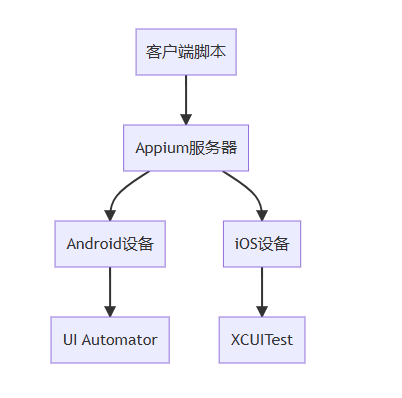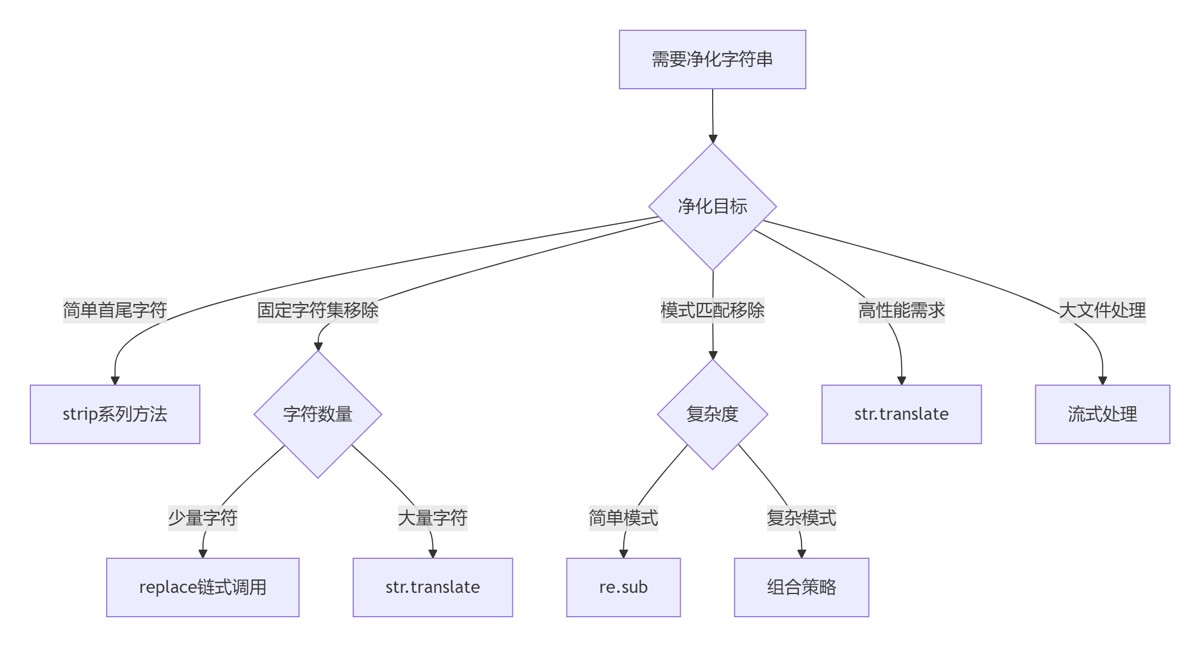在建模时模型的超参数对精度有一定的影响,而设置和调整超参数的取值,往往称为调参。
在实践中调参往往依赖人工来进行设置调整范围,然后使用机器在超参数范围内进行搜素。本文将演示在sklearn中支持的四种基础超参数搜索方法:
- GridSearch
- RandomizedSearch
- HalvingGridSearch
- HalvingRandomSearch
原始模型
作为精度对比,我们最开始使用随机森林来训练初始化模型,并在测试集计算精度:
|
1 2 3 4 5 6 7 8 9 10 11 12 |
# 数据读取 df = pd.read_csv('https://mirror.coggle.club/dataset/heart.csv') X = df.drop(columns=['output']) y = df['output']
# 数据划分 x_train, x_test, y_train, y_test = train_test_split(X, y, stratify=y)
# 模型训练与计算准确率 clf = RandomForestClassifier(random_state=0) clf.fit(x_train, y_train) clf.score(x_test, y_test) |
模型最终在测试集精度为:0.802。
GridSearch
GridSearch是比较基础的超参数搜索方法,中文名字网格搜索。其原理是在计算的过程中遍历所有的超参数组合,然后搜索到最优的结果。
如下代码所示,我们对4个超参数进行搜索,搜索空间为 5 * 3 * 2 * 3 = 90组超参数。对于每组超参数还需要计算5折交叉验证,则需要训练450次。
|
1 2 3 4 5 6 7 8 9 10 11 12 13 14 |
parameters = { 'max_depth': [2,4,5,6,7], 'min_samples_leaf': [1,2,3], 'min_weight_fraction_leaf': [0, 0.1], 'min_impurity_decrease': [0, 0.1, 0.2] }
# Fitting 5 folds for each of 90 candidates, totalling 450 fits clf = GridSearchCV( RandomForestClassifier(random_state=0), parameters, refit=True, verbose=1, ) clf.fit(x_train, y_train) clf.best_estimator_.score(x_test, y_test) |
模型最终在测试集精度为:0.815。
RandomizedSearch
RandomizedSearch是在一定范围内进行搜索,且需要设置搜索的次数,其默认不会对所有的组合进行搜索。
n_iter代表超参数组合的个数,默认会设置比所有组合次数少的取值,如下面设置的为10,则只进行50次训练。
|
1 2 3 4 5 6 7 8 9 10 11 12 13 14 |
parameters = { 'max_depth': [2,4,5,6,7], 'min_samples_leaf': [1,2,3], 'min_weight_fraction_leaf': [0, 0.1], 'min_impurity_decrease': [0, 0.1, 0.2] }
clf = RandomizedSearchCV( RandomForestClassifier(random_state=0), parameters, refit=True, verbose=1, n_iter=10, )
clf.fit(x_train, y_train) clf.best_estimator_.score(x_test, y_test) |
模型最终在测试集精度为:0.815。
HalvingGridSearch
HalvingGridSearch和GridSearch非常相似,但在迭代的过程中是有参数组合减半的操作。
最开始使用所有的超参数组合,但使用最少的数据,筛选其中最优的超参数,增加数据再进行筛选。
HalvingGridSearch的思路和hyperband的思路非常相似,但是最朴素的实现。先使用少量数据筛选超参数组合,然后使用更多的数据验证精度。
|
1 2 3 4 5 6 7 8 9 10 11 12 13 14 15 16 17 18 19 20 21 22 23 24 25 26 |
n_iterations: 3 n_required_iterations: 5 n_possible_iterations: 3 min_resources_: 20 max_resources_: 227 aggressive_elimination: False factor: 3 ----------
iter: 0 n_candidates: 90 n_resources: 20 Fitting 5 folds for each of 90 candidates, totalling 450 fits ----------
iter: 1 n_candidates: 30 n_resources: 60 Fitting 5 folds for each of 30 candidates, totalling 150 fits ----------
iter: 2 n_candidates: 10 n_resources: 180 Fitting 5 folds for each of 10 candidates, totalling 50 fits ---------- |
模型最终在测试集精度为:0.855。
HalvingRandomSearch
HalvingRandomSearch和HalvingGridSearch类似,都是逐步增加样本,减少超参数组合。但每次生成超参数组合,都是随机筛选的。
|
1 2 3 4 5 6 7 8 9 10 11 12 13 14 15 16 17 18 19 20 21 22 23 24 25 |
n_iterations: 3 n_required_iterations: 3 n_possible_iterations: 3 min_resources_: 20 max_resources_: 227 aggressive_elimination: False factor: 3 ----------
iter: 0 n_candidates: 11 n_resources: 20 Fitting 5 folds for each of 11 candidates, totalling 55 fits ----------
iter: 1 n_candidates: 4 n_resources: 60 Fitting 5 folds for each of 4 candidates, totalling 20 fits ----------
iter: 2 n_candidates: 2 n_resources: 180 Fitting 5 folds for each of 2 candidates, totalling 10 fits |
模型最终在测试集精度为:0.828。
总结与对比
HalvingGridSearch和HalvingRandomSearch比较适合在数据量比较大的情况使用,可以提高训练速度。如果计算资源充足,GridSearch和HalvingGridSearch会得到更好的结果。
后续我们将分享其他的一些高阶调参库的实现,其中也会有数据量改变的思路。如在Optuna中,核心是参数组合的生成和剪枝、训练的样本增加等细节。



